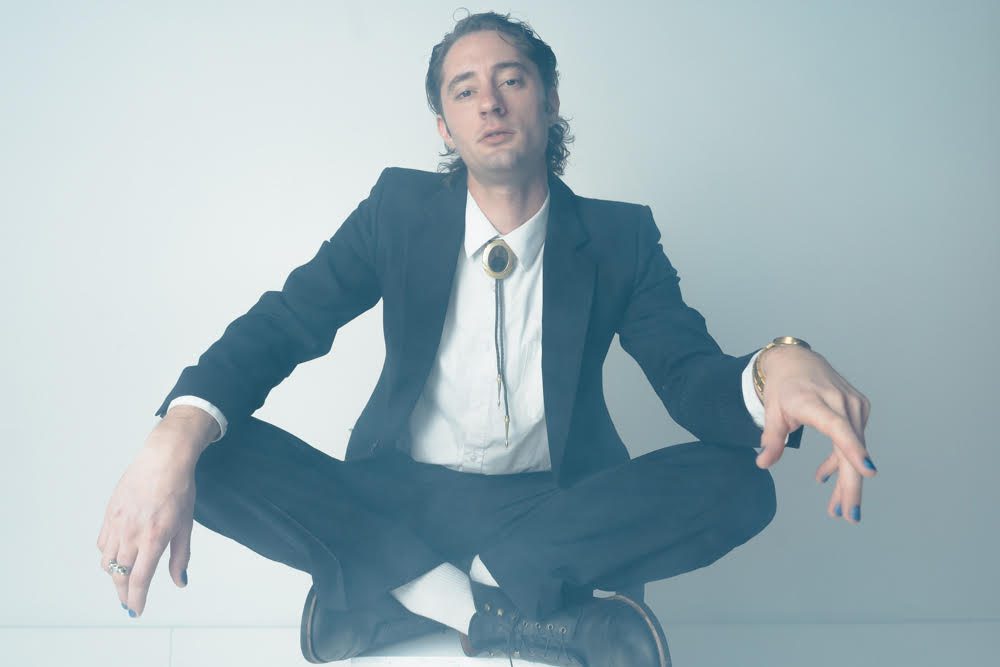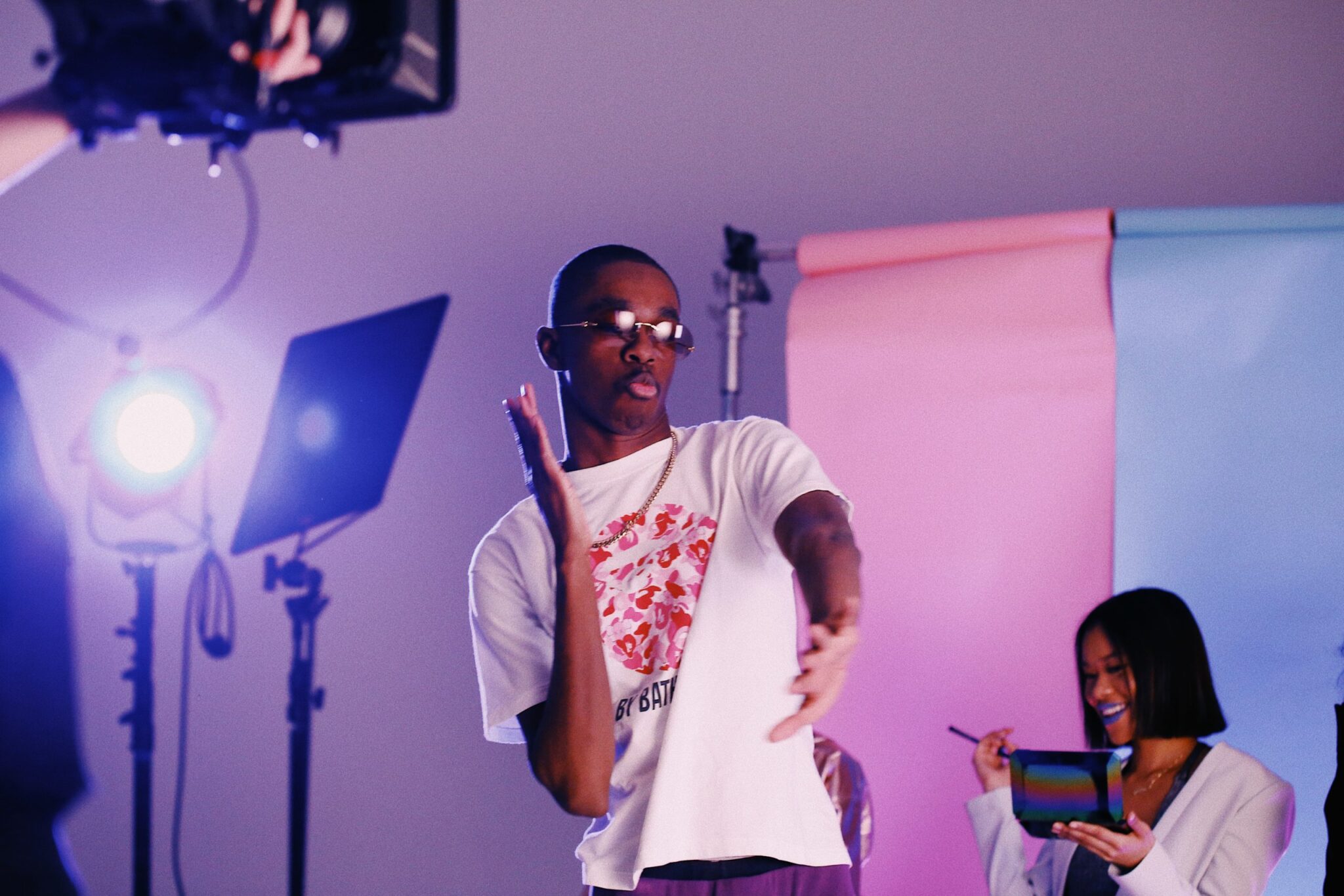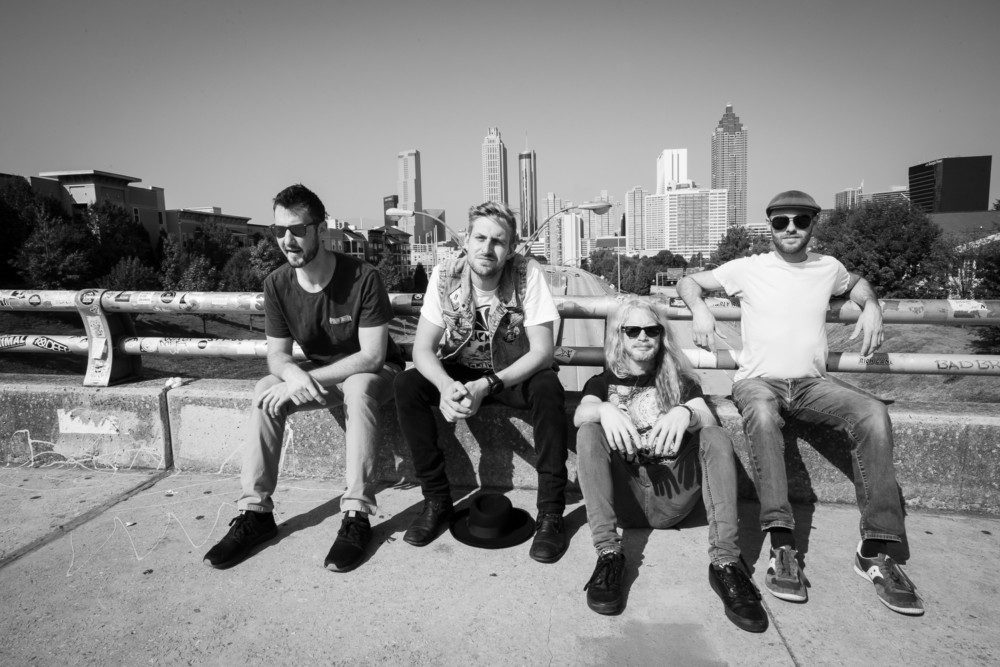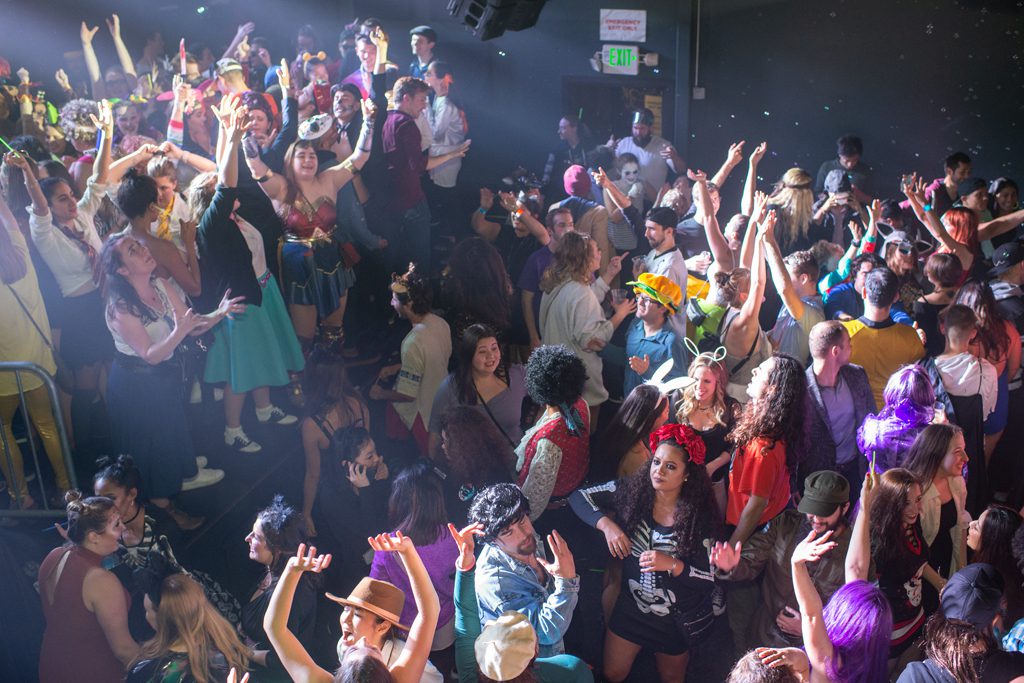
The music scene in Seattle and the surrounding Pacific Northwest area birthed Jimi Hendrix, Quincy Jones, Heart, Steve Miller Band, Ernestine Anderson, Sir Mix-A-Lot, Death Cab for Cutie, Macklemore and Ryan Lewis, Fleet Foxes, Band of Horses, and so many more artists that have shaped popular music history. Still, if you’re not from the Pacific Northwest, ’90s-era grunge remains Seattle’s best-known musical export, and to be fair, Seattleites aren’t finished with the flannel-covered nostalgia. Nirvana, Pearl Jam, Alice in Chains, Soundgarden, Mother Love Bone, and Temple of the Dog seemed to emerge organically out of Seattle’s do-it-yourself culture of basement house shows and dim, hole-in-the-wall dives, and that’s the ethos that still drives the music scene here. No need for expensive instruments, crew cuts, or silk shirts; just come (as you are) and play something honest.
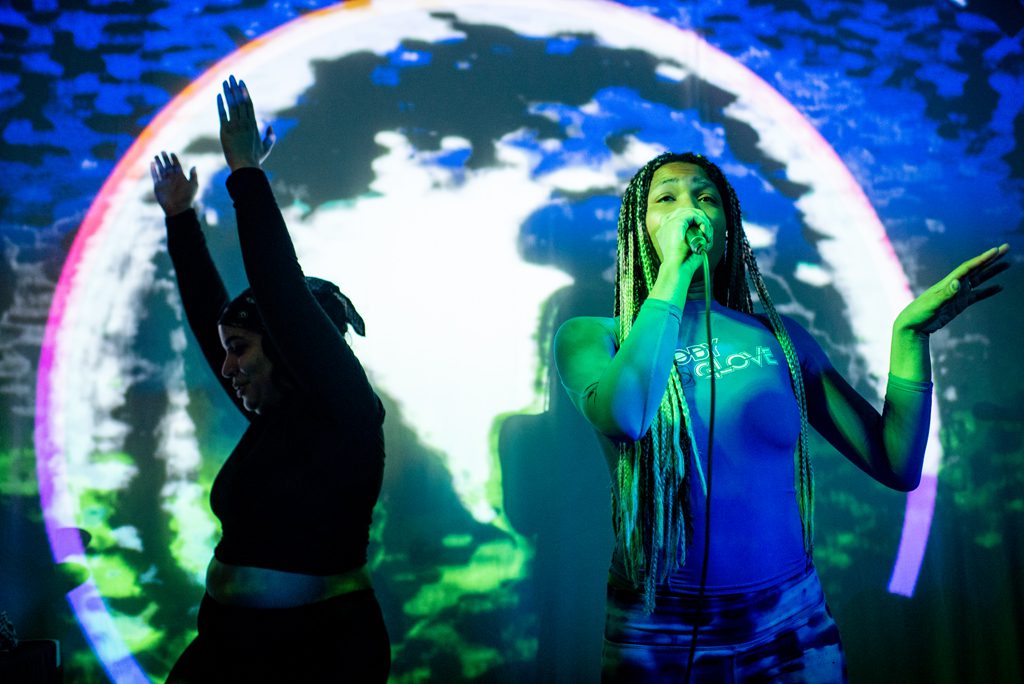
Still, once grunge finally made the rest of the world understand how cool this rainy northwest corner could be, it brought one central tension to our doorstep that—with the added pressure of corporate giants like Microsoft, Amazon and Starbucks settling here—is just now starting to boil over. How do you keep the city’s authentic alternative, do-it-yourself heart alive when Seattle is being copied and commodified?
Kurt Cobain struggled with being mainstream, and Seattle is the same way. We thrive right on the line between alternative and commercial; the place where you can still make a living by creating weird, thought-provoking music without being a “sell-out.” But if the culture pushes you too far to either side, there’s a real crisis of identity. That’s where Seattle is today.
As Amazon and other tech companies have moved in and expanded, the cost of living has exploded. A cost of living index put out by the Center for Regional Economic Competitiveness recorded that as of the third quarter of 2017, it costs 52.8 percent more to live in Seattle than the average of other 267 cities surveyed. And it’s all just happened in the last couple of years – Seattle didn’t even make the top ten most expensive cities until 2016; now it rests at number six.
The cost of living is so high that most people – including musicians – are being forced out of the city proper (as far south as Olympia, as far north as Everett) and homelessness is at an all-time high. My takeaway? A lot of people lack the income it takes to support local art, let alone be artists themselves. And it seems, by the looks of all the struggling artists and venues, that new transplants with disposable income aren’t as interested in engaging in the local music scene, despite the trending status of ’90s culture and the Seattle “vibe.” This is completely counter to the Seattle of old, in which people moved here to be closer to the culture they identified with.
Hence, feminist punk bands are buried by Britney Spears “throwback” nights, where a bro-y software engineer dressed like the Brawny guy can pump his fists and grind on a twenty-two-year-old marketing assistant from San Bernadino. What’s more, arts publications that once kept the scene somewhat healthy, like CityArts, are folding, and many of the long-treasured venues that offered steady gigs and chances to see live music are either being bulldozed for new high-rises (like The Showbox) or changing their brand to accommodate more of what sells (veteran nightclub Neumos’ newer downstairs venue, Barboza, now now books DJ nights like “Guilty Pleasures Dance Party.”)
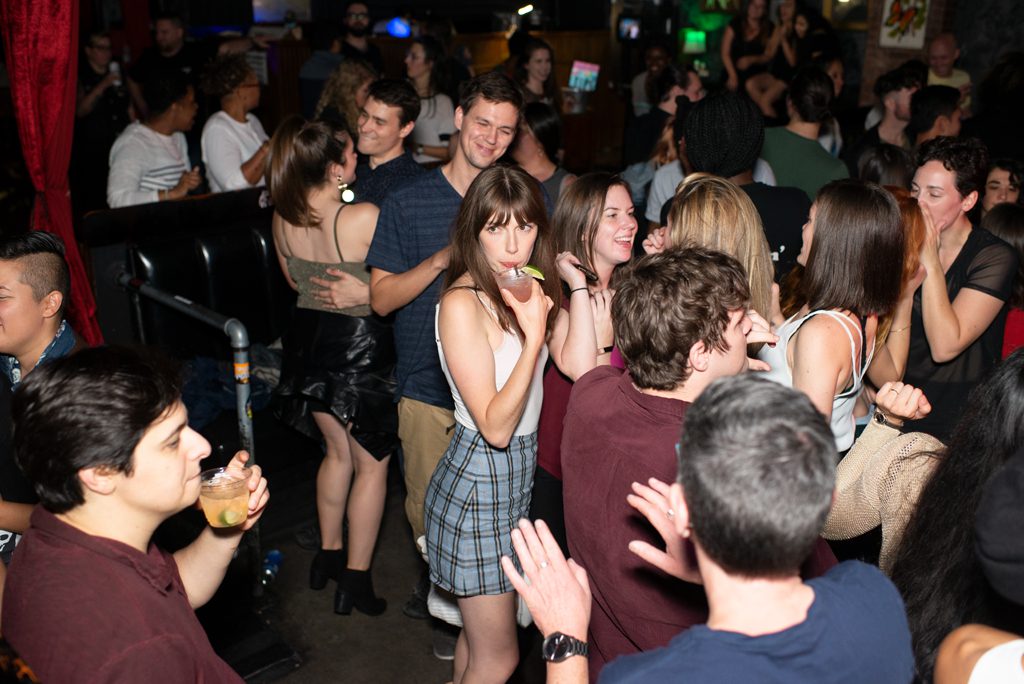
My best friend Julia is a park ranger near Bozeman, Montana, and she tells me that the National Park Service has a division called “Interpretation and Education,” the point of which is to educate people about the land, forests, and waters they’re visiting “so that they will understand why it’s valuable and worth preserving.” We could use a program like that for the arts scene in Seattle, if we’d like to maintain our culture. It’s not hopeless – some organizations continue to do their best to lifting u local artists, namely KEXP, The Stranger, and The Musician’s Association of Seattle. They remind us that the value of a place is intrinsically connected to the culture of its inhabitants, despite how many multi-million dollar corporations attempt to co-opt it.
The value of Seattle, for me, lies in fleeting moments – like watching three powerful women hip-hop artists, Taylor Elizza Beth, Guayaba, and DoNormaal, slay an enraptured crowd at Timbre Room; like discovering some truly transformative sets of improvisational music at the weekly Racer Sessions and through the local label Table & Chairs; like seeing Tacocat with dozens of like-minded, light-dappled souls mouthing along to their song “I Love Seattle.”
We do love Seattle, and taking pride in our music scene is vital to that love. So, with a mixture of think pieces, profiles, and show reviews that shine some light on different facets of Seattle’s music scene, I hope “Playing Seattle” can begin to knit old Seattle and new Seattle back together.

